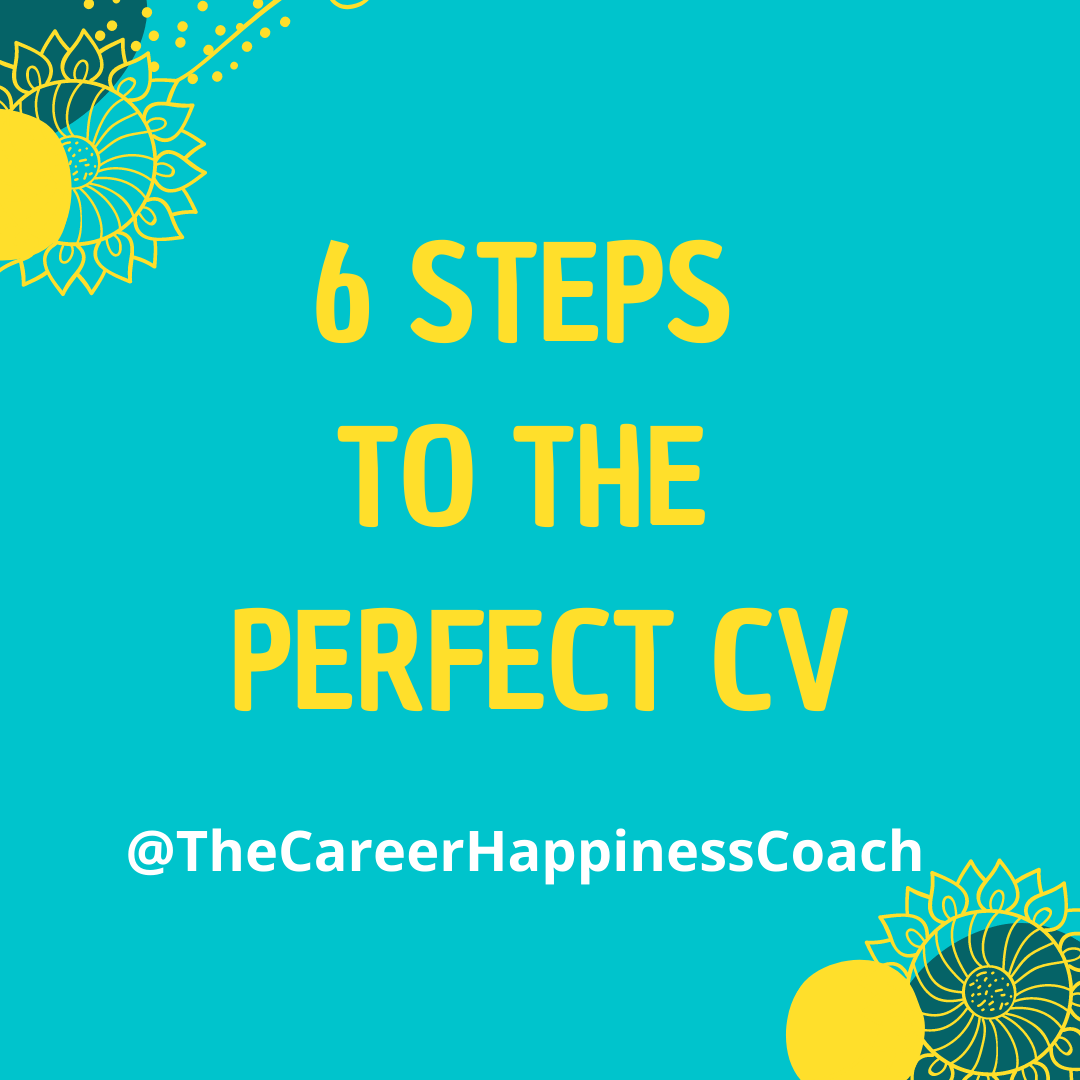How do you write the perfect CV?
Writing your own CV or resume can be a challenge so I’ve put together 6 steps to write the perfect CV. There are a number of factors to consider including the purpose of your CV, your career objectives and background. How to write the perfect CV is one of the questions I’m most regularly asked, so I’ve put together six steps to help you write the perfect CV no matter what stage you are at in your career. Whether you are seeking a permanent or freelance role, applying to a university or trying to secure a non-executive position on a board, the same 6 steps apply.
Step 1: Clarity
Before you start writing your CV, it’s vital that you get 100% clear on who your audience is, and what they are looking for as well as your own mission and purpose. Are you applying for a specific role or submitting your CV speculatively? Perhaps you’re a freelancer and are marketing yourself for a contract. Once you have clarity on your audience and your CV’s mission and purpose, you’ll have a better chance of creating an effective CV that gets results.
Step 2: Choose the right format
Understand which CV format is best for your situation. If you are stepping up in your career, returning to work after a sabbatical or parental leave or seeking a new role abroad, the CV format you choose will vary. An academic CV will have a different layout to a job search CV and the sections you include will differ too. I see a lot of artistic CV designs out there that look visually appealing, but unless you are applying for a graphic design or similarly creative role, stick to a simple business format. The reader of your CV needs to be able to quickly see the skills you have to offer and make sense of your career history. The more difficult you make this, the less likely you are to be invited to an interview.
Step 3: Highlight your relevant skills
Take the time to identify the skills needed and highlight your relevant skill set early on in your CV. You will find these mentioned in the job advertisement and role description. Ideally your key skills section should be in the first half of the first page of your CV. Don’t include a list of random, generic and irrelevant skills and strengths that don’t match the role.
Step 4: Include achievements
Achievements can demonstrate your competency with greater impact than a skills list alone. I know it can be difficult to identify achievements at first but if you think back to throughout your career you’ll be bound to find some that you can include in your CV. What did you improve? What were you commended for? What projects did you take ownership of to deliver outstanding results? Quantify your achievements wherever possible e.g. ‘Increased user engagement by over 70% resulting in a 48% increase in online sales’.
Step 5: Tell a story
Your CV should tell a coherent and engaging career story. If you’ve been with a company for many years, showcase your career progression explaining any significant changes that took place. Include an explanatory statement if you have any substantial gaps in your CV – if you took a year off for a sabbatical or for study for example.
Step 6: Proofread and edit
After working on your CV for a while, it’s easy to become blind to typos and other errors. Ask people you know to proofread your CV for errors and check for readability too. Less can be more when it comes to creating an impactful, punchy CV. Don’t be afraid to remove excess words or irrelevant detail so the remaining content can shine!
Summary
As you can see, writing the perfect CV is a little more involved than just listing your prior work history. While it will take you some time to write the perfect CV, the time spent will pay off when you submit a tailored, relevant CV in support of your next application. If you need help, feel free to get in touch for a no-obligation quote to help you write an amazing CV that gets results.

